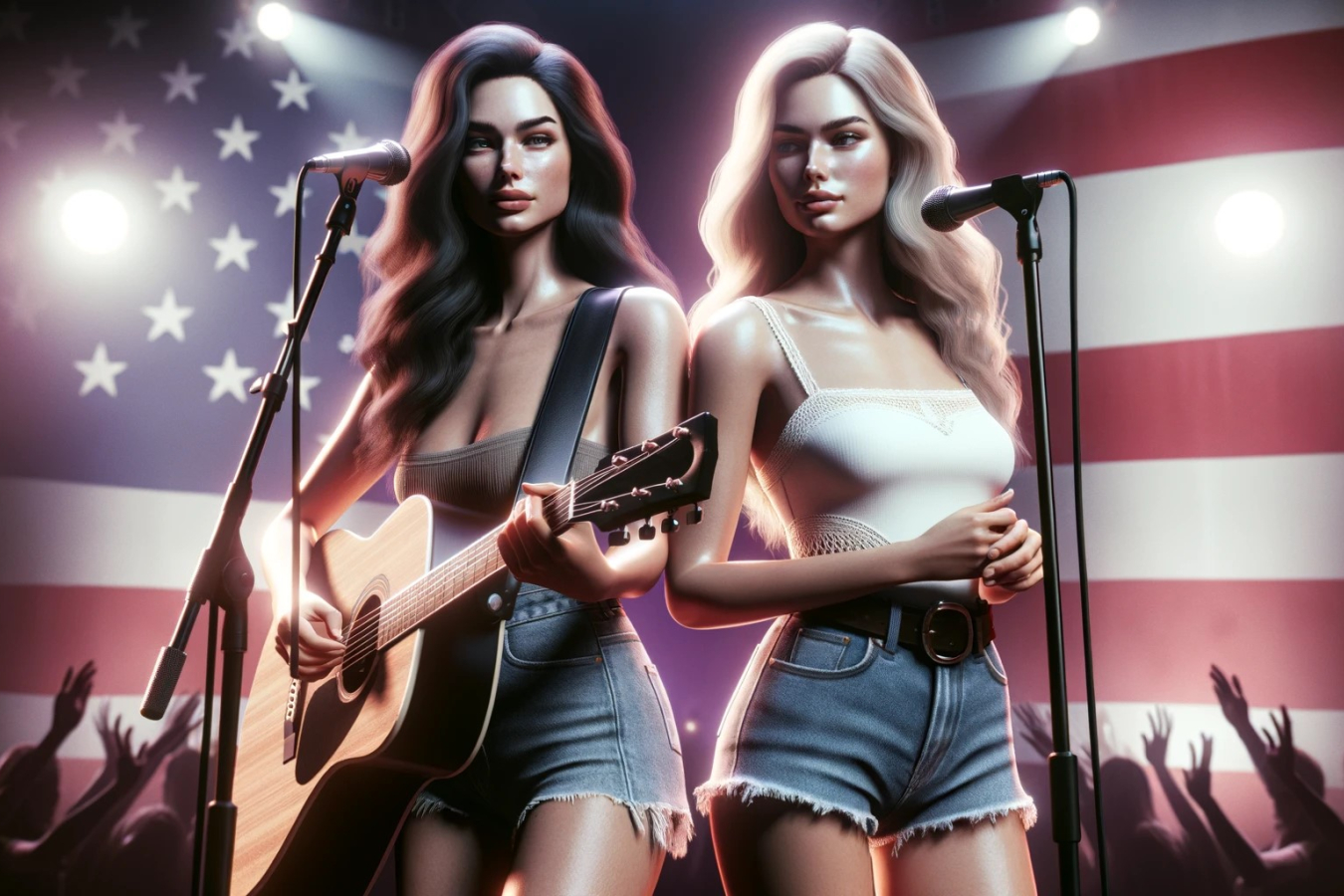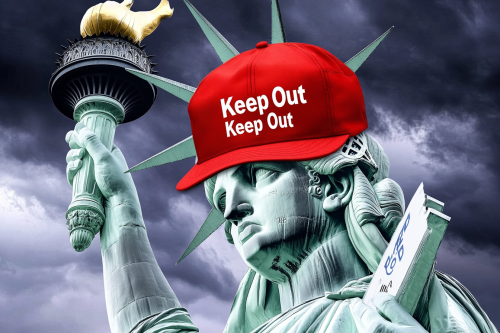By Sanwar Ali:
U.S. O & P Artist Visa Fee Hike:
Introduction
The U.S. Government has recently announced a significant increase in the fees for various forms of visas, including those for artists. This is the first hike in artist visa costs since 2016. The changes are set to take effect from April 1, 2024. This comprehensive report will delve into the details of these changes, their likely impact, and the reactions from various stakeholders.
Understanding the O and P Visas
Before we delve into the changes, it’s important to understand what these visas are for. The O visa and P visa are non-immigrant temporary worker visas granted by the United States.
O Visa
The O visa is granted to an individual who possesses extraordinary ability in the sciences, arts, education, business, or athletics, or who has a demonstrated record of extraordinary achievement in the motion picture or television industry and has been recognized nationally or internationally for those achievements. There are three types of O visas:
- O-1A: Individuals with an extraordinary ability in the sciences, education, business, or athletics (not including the arts, motion pictures or television industry).
- O-1B: Individuals with an extraordinary ability in the arts or extraordinary achievement in motion picture or television industry.
- O-2: Individuals who will accompany an O-1 artist or athlete to assist in a specific event or performance.
- O-3: Individuals who are the spouse or children of O-1 and O-2 visa holders.
P Visa
The P visa is a special visa for athletes and entertainers. It allows them to compete in an athletic event or give a performance in the United States. There are three categories under the P visa:
- P-1: Applies to individual or team athletes, or members of an entertainment group that are internationally recognized.
- P-2: Applies to artists or entertainers who will perform under a reciprocal exchange program.
- P-3: Applies to artists or entertainers who perform under a program that is culturally unique.
- P-4: Is for the spouse, or child under the age of 21, of a P-1, P-2, or P-3 alien and who is accompanying, or following to join, the alien.
The Reason Behind the Increase: Unpacking USCIS’s Perspective
The U.S. Citizenship and Immigration Services (USCIS) claimed that the increase was necessary “to cover the cost of doing business and avoid the accumulation of future backlogs”. This suggests that the USCIS is aiming to improve its services and reduce processing times by increasing its resources. However, this decision has been met with criticism from various quarters, with many arguing that it will deter artists from applying for these visas.
Impact on Artists: Exploring Likely Challenges and Concerns
The increase in visa fees will impact the ability of foreign artists to perform in the U.S. The higher costs will deter some artists from applying, particularly those who are just starting their careers or those from countries where the exchange rate makes the fees particularly burdensome. Moreover, the increased fees will also affect the diversity of the U.S. music and entertainment industry, as artists from less affluent countries will find it more difficult to afford the new fees.
Reactions from the Industry: Voices of Dissent and Concern
The announcement of the fee hike has been met with widespread criticism from various stakeholders in the music and entertainment industry. Many argue that the increase in fees will hinder cultural exchange and diversity in the U.S. entertainment industry. There are also concerns that the fee hike will disproportionately affect independent artists and small event organizers who already operate on tight budgets. This section will present a detailed analysis of these reactions and the concerns raised by industry stakeholders.
Looking Ahead: The Future of U.S. Artist Visas
The fee hike for artist visas is a significant development that will have far-reaching implications for the U.S. music and entertainment industry. It underscores the importance of staying informed about changes in immigration policy, particularly for those who rely on these visas to work in the U.S.
Conclusion
The increase in artist visa fees will likely have a serious impact for artists, event organizers, and the broader U.S. entertainment industry.
workpermit.com helps with US Work Visa: L1, H1B, E2, and O1 Visas
There are various types of US visas that individuals can apply for, depending on their circumstances. Some of the most common employment-based visas include:
-
L1 visa: This visa is for intracompany transferees who work in managerial or executive positions or have specialized knowledge.
-
H1B visa: This visa is for specialty occupations that require theoretical or technical expertise in specialized fields.
-
E2 visa: This visa is for investors who have made a significant investment in a US business and, management or essential skills employees. Only certain nationalities can apply.
-
O1 visa: This visa is for individuals with extraordinary abilities in the arts, sciences, education, business, or athletics.
Workpermit.com is a specialist visa services firm with over thirty years of experience dealing with visa applications. For more information and advice, please contact us on 0344 991 9222 or at london@workpermit.com(link sends e-mail)(link sends e-mail)




